You’re reading Part 2 of 4 in the Operator’s Window series — stories from the cab of Toronto’s subway.
-
Part 2: The Quiet Strain — Congestion From the Cab (you’re here)
Introduction
It usually starts with something small. A train holds a little longer than expected at a platform. Maybe a passenger needs medical attention. Maybe a door jams. Maybe an emergency alarm is pulled in panic. To most riders, it feels like a frustrating delay — another bump in a long commute. But from the cab, I know it’s the start of a ripple that will spread down the line, slowing every train behind me and leaving thousands waiting.
Congestion isn’t just about crowded cars or late arrivals. It’s about the strain of a system stretched beyond its limits, where one disruption multiplies into a chain reaction. For those of us behind the controls, it’s a daily reminder of how fragile the balance really is.
How Delays Ripple Through the Line
When a train becomes disabled or delayed, the trains behind it begin to stack. Riders waiting at those stations grow impatient, platforms swell with people, and the pressure builds.
Sometimes, Transit Control steps in to break the stack. They may order trains to turn back early at a crossover to prevent a full shutdown of the line. It keeps service moving, but it comes at a cost. The stations ahead of the disabled train develop massive service gaps, and when a train finally does arrive, it’s already dangerously overcrowded.
Other times, Transit Control may direct trains to bypass a problem area entirely, skipping stations to restore flow. But that also creates problems: passengers stranded on the platform, confused and frustrated, unsure when the next train will come. Meanwhile, the next train into the gap faces overwhelming crowds, creating hazards as people pack onto the edge.
These decisions aren’t arbitrary. They’re calculated choices Transit Control makes to protect the bigger picture. But from my seat in the cab, I see how they play out for the people waiting. Each solution fixes one problem while creating another, and riders only feel the inconvenience.
The View From the Cab
As operators, we don’t decide how to recover lost time — that responsibility lies with Transit Control, who oversee the entire line. They see the signals, the blockages, the turnback options, and the system-wide impact of every choice. Our role is to carry out their instructions as safely and clearly as possible.
But that doesn’t make it easier to witness what those choices mean on the ground. Turning a train back can mean leaving a platform of people behind late at night. Bypassing stations can mean skipping over riders who have already waited twenty minutes, only to be told their ride isn’t stopping. Holding in place can mean watching the train fill tighter and tighter while faces on the platform grow more anxious.
To a rider, a five-minute hold is an annoyance. To me, it’s the beginning of a domino effect that could affect thousands more, with consequences that ripple far beyond what most people see.
The Hidden Risks of Congestion
When the system clogs, the risks multiply. Overcrowded platforms can become unsafe, with riders pressed dangerously close to the edge. Inside packed cars, tempers flare, panic spreads more easily, and medical emergencies become harder to manage.
For operators, the stress is constant. We are trained to follow procedures calmly and carefully, but the human weight of those delays is always present. We know there are students missing exams, parents late to pick up children, workers worrying about their bosses — all because the system couldn’t keep pace with demand.
Turnbacks and bypasses may be necessary tools, but they’re bandages on a deeper wound. The truth is, our system was not designed for the weight it carries today.
The Bigger Picture
The daily gridlock I see on Line 1 is a smaller version of what drivers see on Highway 401. Too many people, not enough capacity, and no room for error. Both systems were designed for another era, and both are now overwhelmed by the population and demand of today.
Ontario Connected is about addressing this head-on. By building high-speed rail and regional hubs, Ontario can shift the load away from the TTC core. A commuter from Hamilton or Oshawa should not need to flood into Union Station and onto Line 1 just to reach their destination. With high-speed trains linking regional hubs, much of that pressure could be lifted entirely.
Solutions Beyond Turnbacks
Turning trains at crossovers or skipping stations may get us through a single disruption, but they don’t solve the deeper problem. To truly address congestion, Ontario needs to build in redundancy and capacity that goes far beyond what we have today.
Redundant Lines in Parallel Tunnels
Right now, Line 1 carries the load of an entire region. One disruption can paralyze half the city. Redundant lines — parallel tunnels designed to carry traffic if one line is blocked — would mean riders are never stranded because of a single failure. Many world-class systems already use this model. Toronto should too.
Express Lines for Relief
Not every rider needs to stop at every station. Express subway lines could move long-distance passengers faster while reducing crowding at transfer points. This not only shortens trips but also spreads demand more evenly, reducing the platform hazards we see daily when service gaps form.
ATO: A Retrofit, Not a Solution
Automatic Train Operation is often promoted as a congestion cure, but it isn’t bullet-proof — especially here. On Line 1, ATO is being retrofitted onto infrastructure that dates back more than half a century. Yes, it can improve reliability and shorten headways, but it cannot add capacity where no redundancy exists. It cannot replace missing express lines. And it cannot stop a single disabled train from rippling delays across the entire system.
ATO should be seen for what it is: a helpful tool, but not the answer. The real solution lies in building redundancy — parallel tunnels, express service, and high-speed rail across Ontario that shift pressure away from a single overburdened line.
High-Speed Rail Across Ontario
Ultimately, the biggest relief valve isn’t under Toronto — it’s across Ontario. High-speed rail linking Hamilton, Kitchener-Waterloo, London, and beyond would take thousands of commuters off Line 1 entirely. Instead of flooding into Union Station and onto an already-overburdened subway, they would connect directly through regional hubs designed for growth.
This post is part of the Operator’s Window series — reflections from the front line of Ontario’s busiest subway line. Continue the journey:
-
-
Part 1: Safety Beyond the Tracks
-
Part 2: The Quiet Strain — Congestion From the Cab (you’re here)
-
Conclusion
From the cab, I’ve learned that congestion isn’t just about late trains. It’s about the ripple effect that leaves passengers stranded, crowds platforms until they become unsafe, and tests the patience of a city. Every time Transit Control orders a turnback or a bypass, it’s a reminder that we’re managing congestion with quick fixes instead of real solutions.
Ontario has a choice. We can keep relying on bandages that frustrate riders, or we can invest in a system that anticipates growth, relieves bottlenecks, and restores trust. Redundant tunnels, express lines, and high-speed rail aren’t luxuries — they’re necessities.
Congestion today is proof of what Ontario Connected has been saying all along: our transit future must be bigger, faster, and more resilient than the system we have now. Because riders deserve more than coping strategies. They deserve a system that carries them — reliably, safely, and with dignity — no matter what.
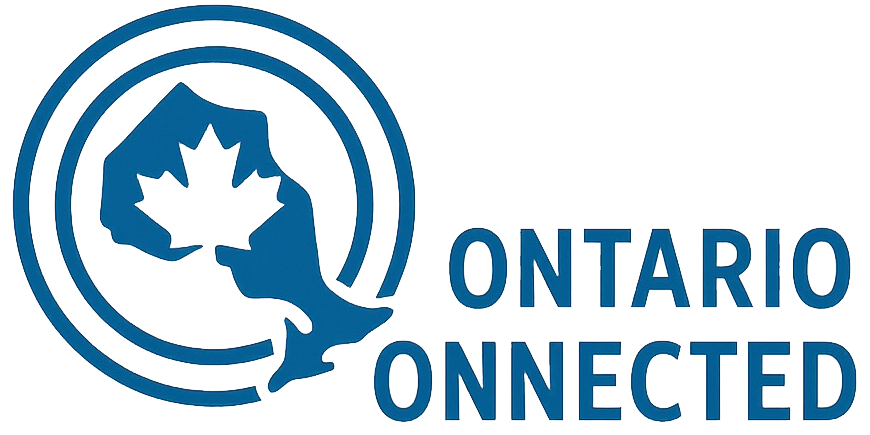
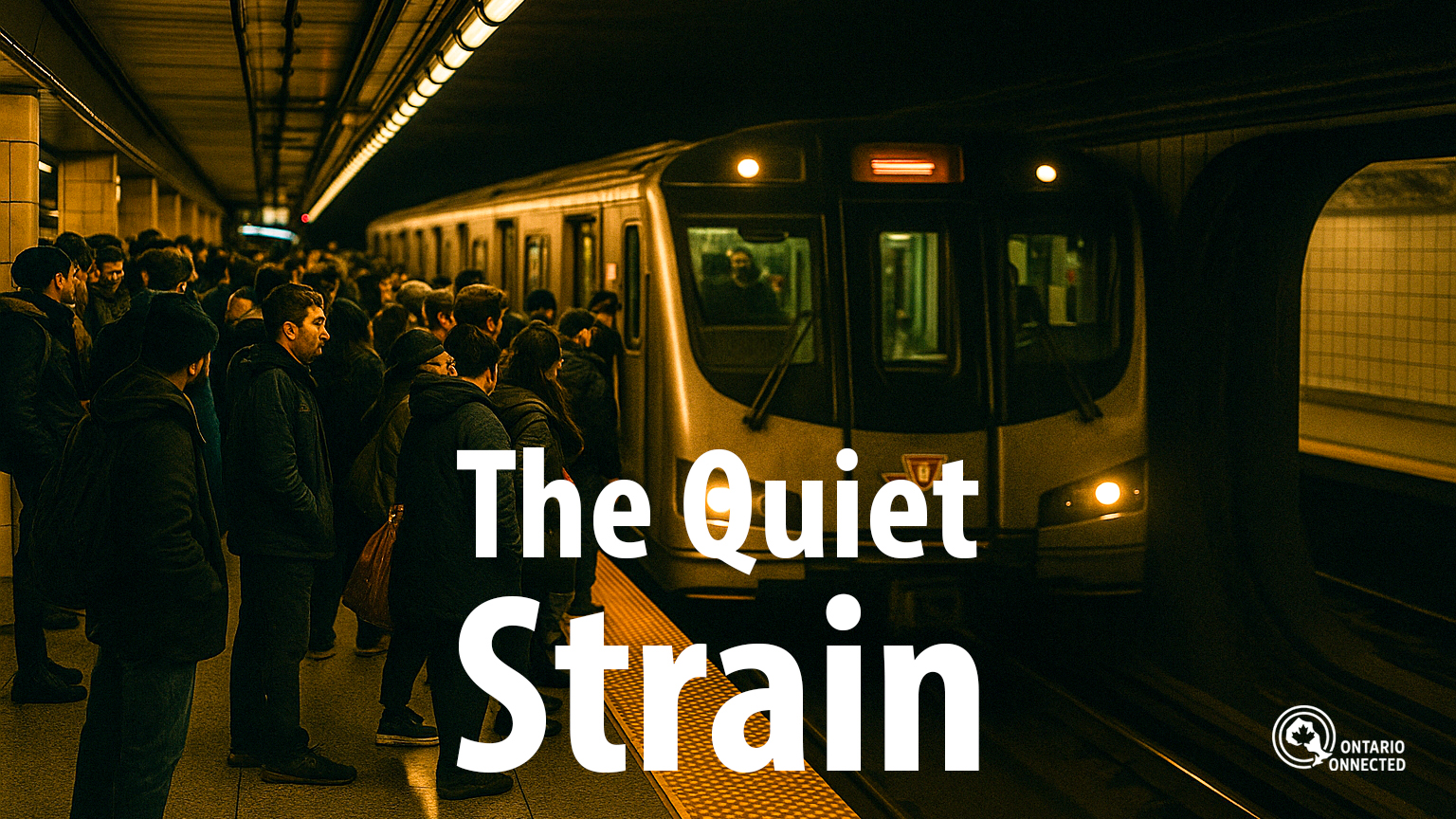
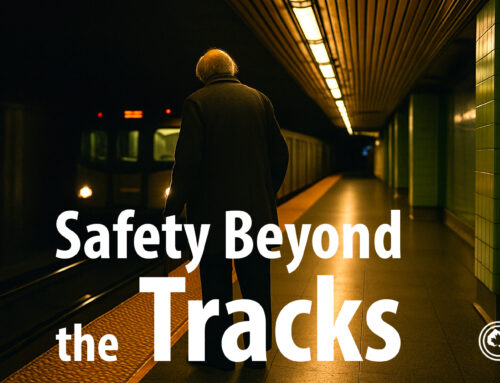
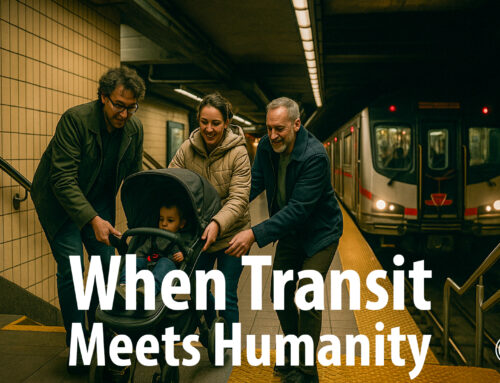
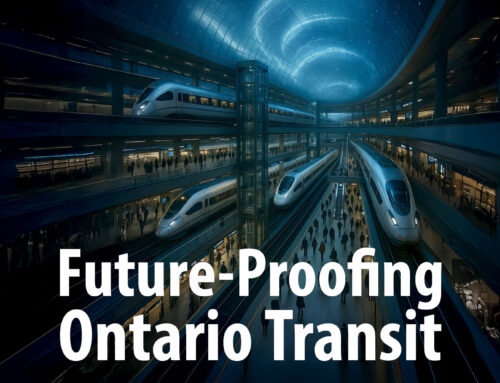

Leave A Comment
You must be logged in to post a comment.